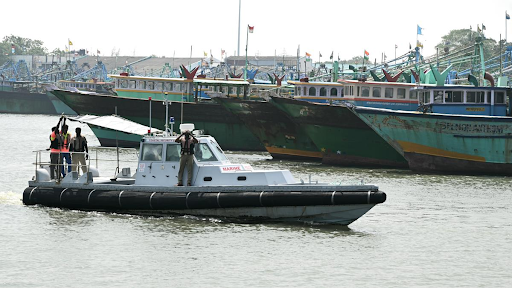





Source: Hindu
Disclaimer: Copyright infringement not intended.
The Ministry of Defence has signed a repeat order for 73,000 SIG 716 rifles from Sig Sauer of the U.S. and deliveries are expected to completed by end-2025.
Feature |
SIG Sauer 716 |
INSAS |
|
Country of Origin |
USA |
India |
|
Service Entry |
2019 (Indian Army) |
1998 (Indian Army) |
|
Caliber |
7.62x51mm NATO |
5.56x45mm NATO |
|
Operating System |
Short-stroke gas piston |
Gas-operated, rotating bolt |
|
Weight |
4.0 kg |
4.15 kg (assault rifle variant) |
|
Muzzle Velocity |
800 m/s |
900 m/s |
|
Effective Range |
600-800 meters |
400 meters (assault rifle) |
|
Magazine Capacity |
20 rounds |
20/30 rounds |
|
Fire Selector Options |
Semi-automatic only |
Semi-automatic, 3-round burst, full-automatic |
|
Reliability |
High, especially in harsh conditions |
Moderate, known for reliability issues |
|
Customization |
Highly customizable with modern optics and grips |
Limited customization options |
|
Deployment |
Frontline infantry, counter-insurgency |
General service rifle, replaced in frontline |
Sources: Hindu
|
PRACTICE QUESTION Q: Consider the following statements regarding INSAS Rifles: 1.INSAS rifle, developed by DRDO, was supposed to be a cheap and reliable service rifle made for the Indian Army. 2. These were highly successful in the Kargil war. 3. AK-47 replaced the INSAS rifles in front-line service because of its better reliability in different conditions. Which of the statements given above is/are incorrect? (a) 1 and 2 only (b) 1 and 3 only (c) 2 and 3 only (d) 1, 2, and 3 Answer: (c) Explanation:
|





© 2025 iasgyan. All right reserved